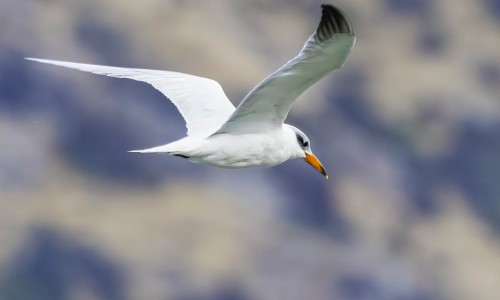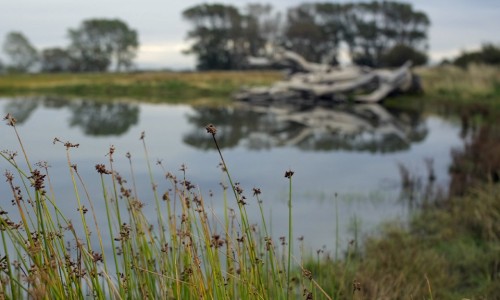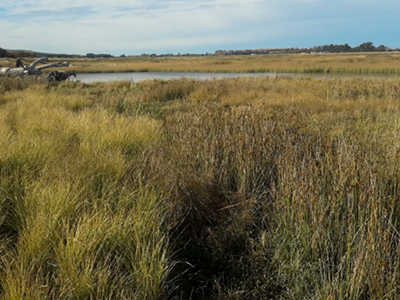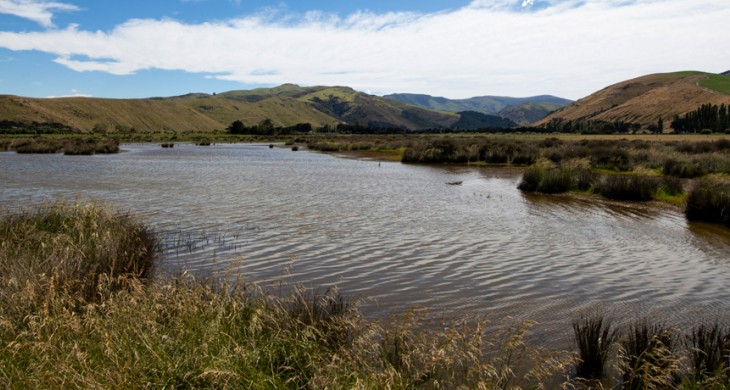Wetlands are diverse and complex ecosystems
Wetlands are areas where water is the primary factor controlling the environment and associated plant and animal life.
Wetlands support intricate food webs and are sources of many nutrients. Because of this diversity, a variety of wildlife live in these areas and Te Waihora/Lake Ellesmere wetland is no exception. The lakeshore wetlands around the margin of Te Waihora are of national and international importance. They are the largest remaining area of wetland habitat in lowland Canterbury making up around 4500ha.
These wetlands support some of the largest remaining areas of native vegetation on the lowland-coastal Canterbury Plains. They include a high diversity of wetland habitats, vegetation types and plant species. The plants and animals of this wetland have adapted to this environment, and many are native to Aotearoa New Zealand.

Migratory birds
Migratory bird species are dependent on having a chain of wetland environments for resting and feeding. Te Waihora provides a significant resting place for migratory bird species. Wetlands are also essential breeding areas for īnanga/whitebait species, game fish, and a refuge for the threatened (Nationally Critical) Kōwaro/canterbury mudfish.

Wetland vegetation
Wetlands contain a wide variety of plants that can survive in aquatic and sub-aquatic conditions. The wetland vegetation surrounding Te Waihora slows the speed of surface water and traps sediment from flooding and runoff. This lowers the risk of stream bank erosion, reduces the effects of flooding and helps protect the downstream water quality.
Salinity levels at Te Waihora
 A unique aspect of Te Waihora is the salinity (saltiness) of the water. Salinity levels change due to the levels of freshwater entering the lake. In areas where periodic inundation occurs, salt concentrations are much higher than in the lake itself.
A unique aspect of Te Waihora is the salinity (saltiness) of the water. Salinity levels change due to the levels of freshwater entering the lake. In areas where periodic inundation occurs, salt concentrations are much higher than in the lake itself.
Plant species that have high salinity tolerance dominate in this area. Salinity levels also vary at different locations within the lake and its margins. For example, in areas where a tributary enters the lake and where there are freshwater springs, there is lower salinity because there is a constant supply of fresh water, but in areas where the lake is closer to the sea or prone to flooding, there is a much higher salinity level. The variety of salt-tolerant plant species that inhabit Te Waihora/Lake Ellesmere and its wetland have adapted to these conditions.

